The Story Behind Toro’s Maíz Asado
In our second annual Starch Madness bracket, you voted for your favorite carb dishes around Boston. Read about the Corn Conference winner, Toro’s maíz asado, below, and check out the full results of Starch Madness 2016.
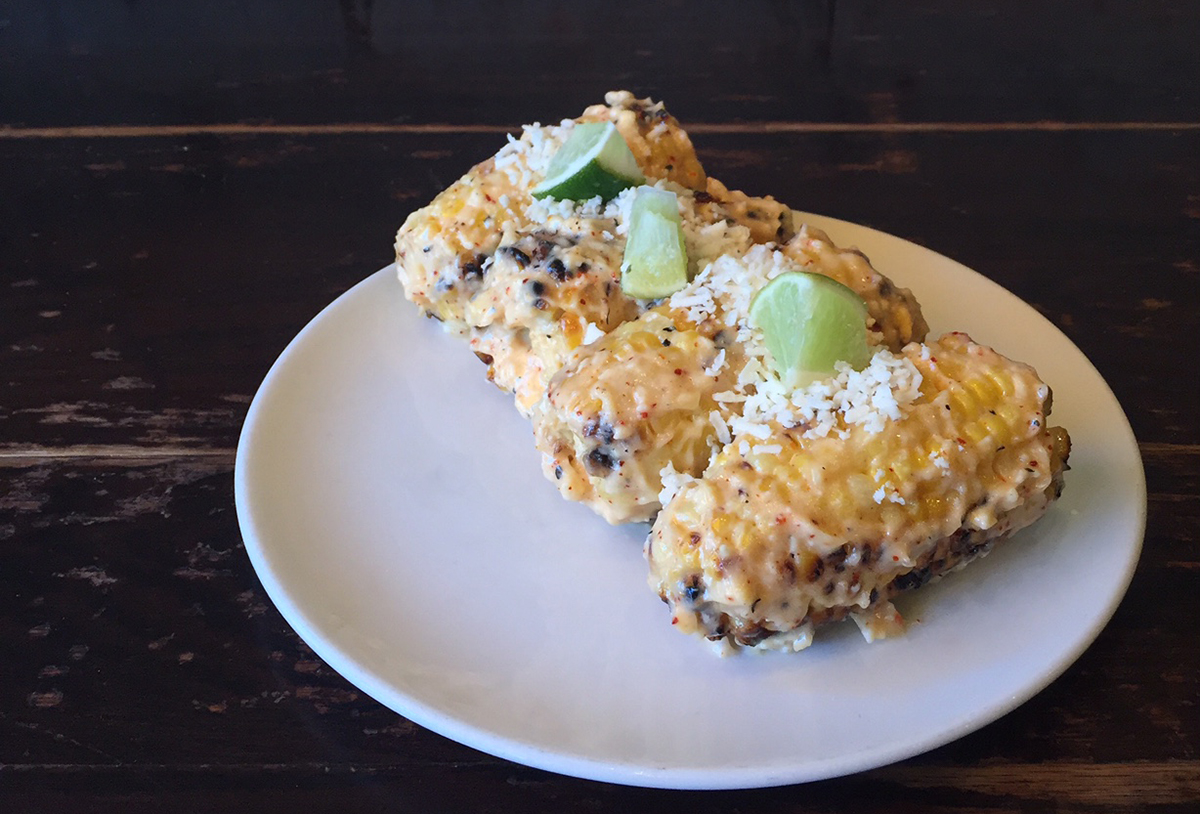
Photo provided
In the mid-2000s, when Ken Oringer created this aioli-laden, Mexican-style, grilled street corn for his soon-to-open Toro, he knew it would be a hit.
“I told my wife when I put it on, ‘This dish is going to be so popular, it’s going to put our kids through college,'” he says.
That was almost 11 years ago. The maíz asado been on the menu since day one. Since then, the James Beard Award-winning chef, along with partner Jamie Bissonnette, have opened a second Toro in New York City, and the original elote is still a top tier seller—to say nothing of its Corn Conference championship, thanks to votes from fans and Boston magazine readers.
Grilled street corn is now on every taqueria or Latin-influenced menu around Boston, and variations on the theme can even be found at the odd Irish pub. (We’re looking at you, Sólás.)
“It’s something that’s become so popular, and the way food has trended over 10 years, street food from all over has become popular,” Oringer says. Plus, “People love corn. Grilled corn has this really nutty [flavor]. We really char it up so it plays to that. When you toast a marshmallow, for instance, you get that burnt, creamy, sweet. It’s the same with this.”
Before he opened the Barcelona-style tapas bar, Oringer traveled extensively in Spain, as well as Mexico. While Spanish chefs were using corn, he decided to do the Mexican staple on his tapas menu, just because he loved it so much, he says.
“We serve it with espelette pepper, lime, and garlic aioli, which is used all over Spain with different tapas. I was like, this adapts itself really well to doing something kind of Spanish/Mexican, having the garlic mayonnaise. In Mexico, they’ll use butter, or crema—it’s not necessarily mayonnaise, especially a homemade, garlic aioli,” Oringer says.
That’s what makes it for him, personally, and, he thinks, his guests.
“I love butter on corn, but it melts off a little. You’re always wishing there was more butter on it. The aioli sticks like glue. That’s where we can put the cotija cheese and espelette on—it all adheres. One bite isn’t bland,” he says.
Espelette, a spicy, sweet aromatic from the Basque region, is mixed into or dusted on most everything at Toro, from its paella, to the tomato jam on the hamburguesa, to the griddled garlic shrimp. Mexican cotija cheese is more traditional—Oringer experimented with a Spanish cheeses, such as manchego, but the cotija had the best funk-to-salt balance, he says.
Toro goes through about 500-550 pounds of corn on the cob per week.
“We get cases and cases a day,” Oringer says. Once the cobs are cleaned, they’re cut in half, then placed on the hottest part of the grill. “You can’t rush it. There’s nothing worse than eating undercooked corn.”
It’s charred after about seven minutes, then tossed into a bowl with “a couple big spoonfuls” of the aioli, another Toro (and Spanish cuisine) essential, and the espelette. It’s plated, sprinkled with cotijo, and served with lime wedges.
After 10-plus years, Oringer doesn’t mind sharing his trade details of the maíz asado. “People have stopped me on the street to ask me for the recipe.”
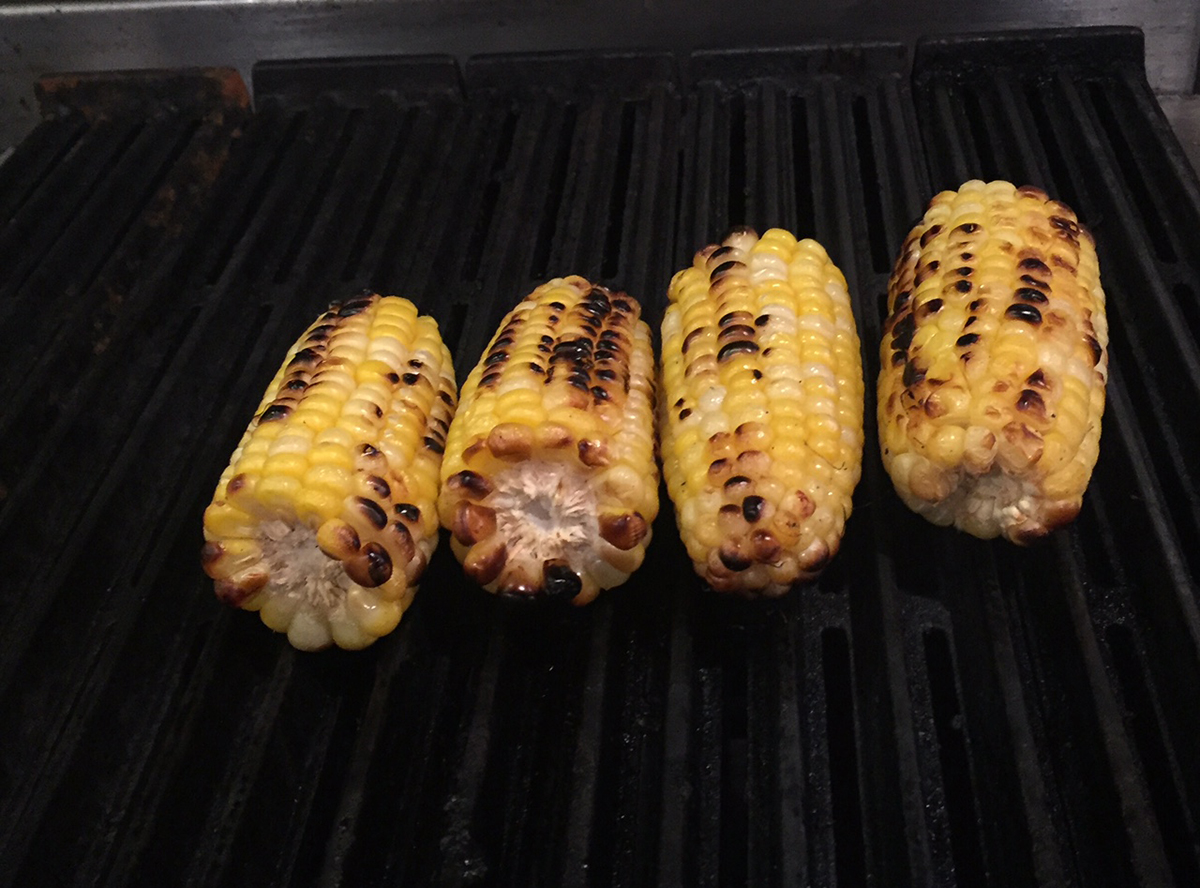
Photo provided
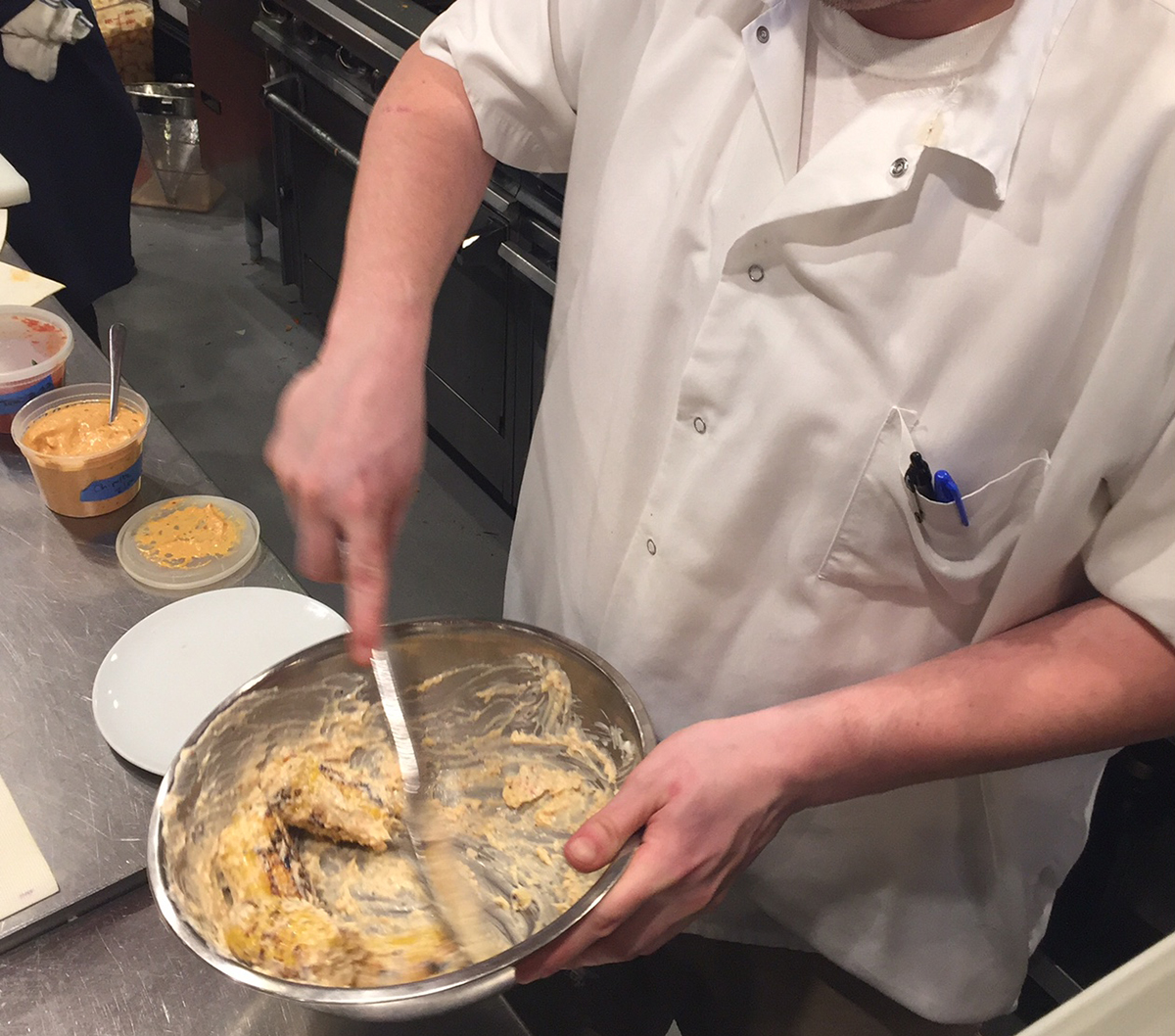
Photo provided
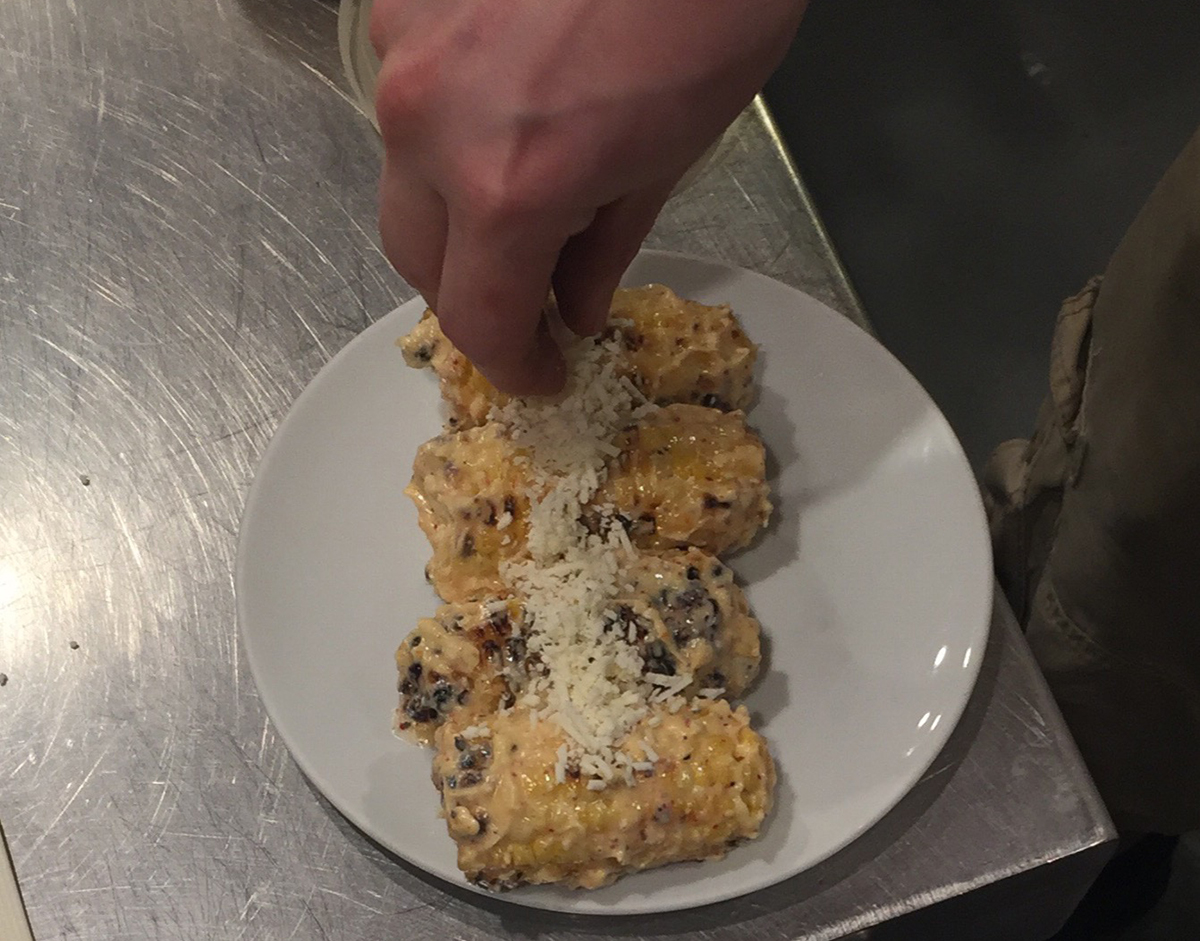
Photo provided
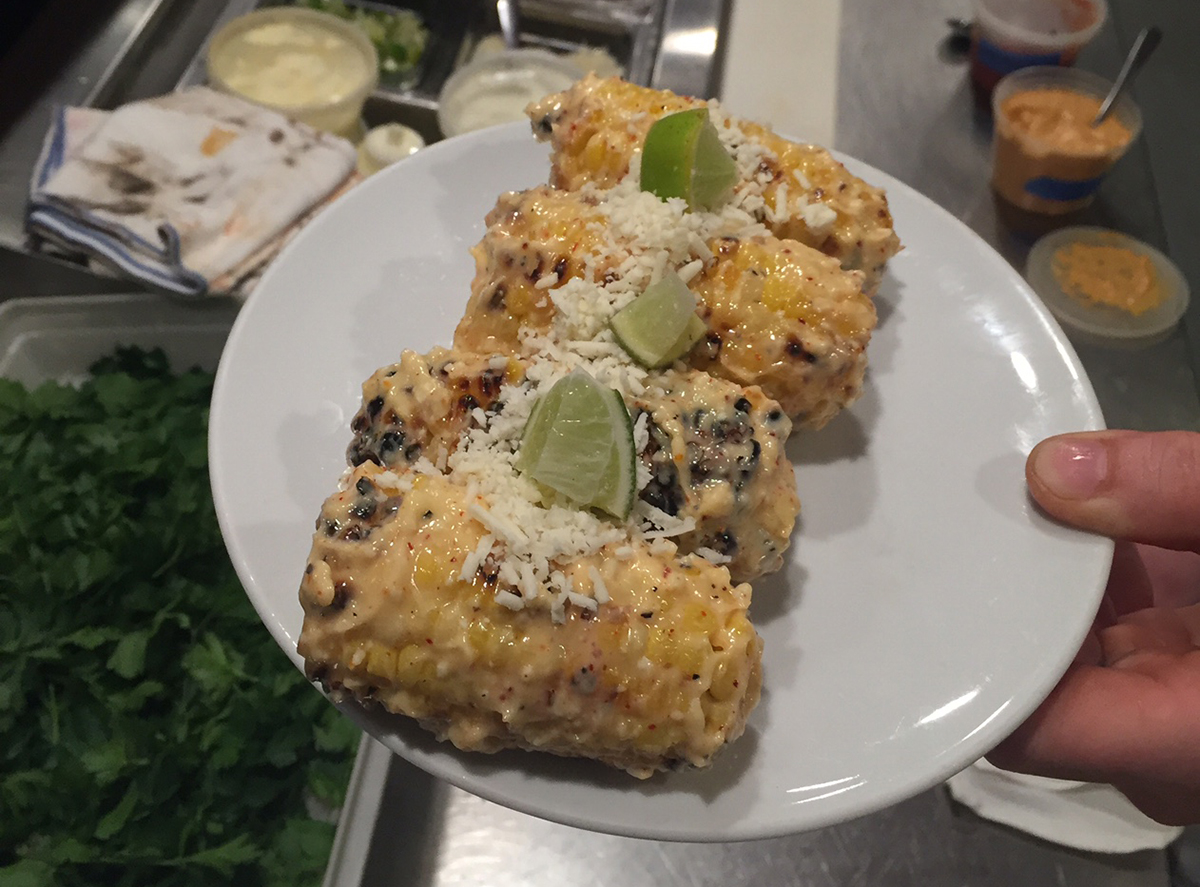
Photo provided


